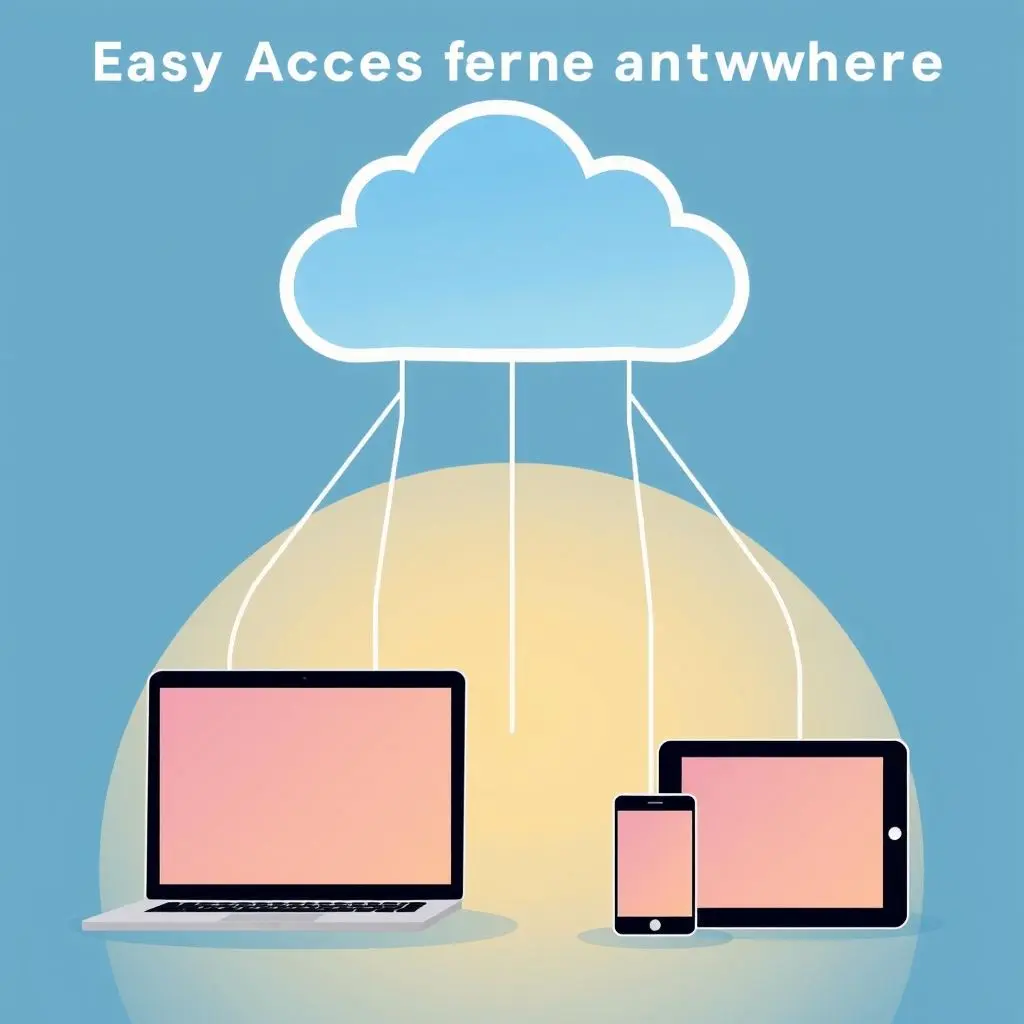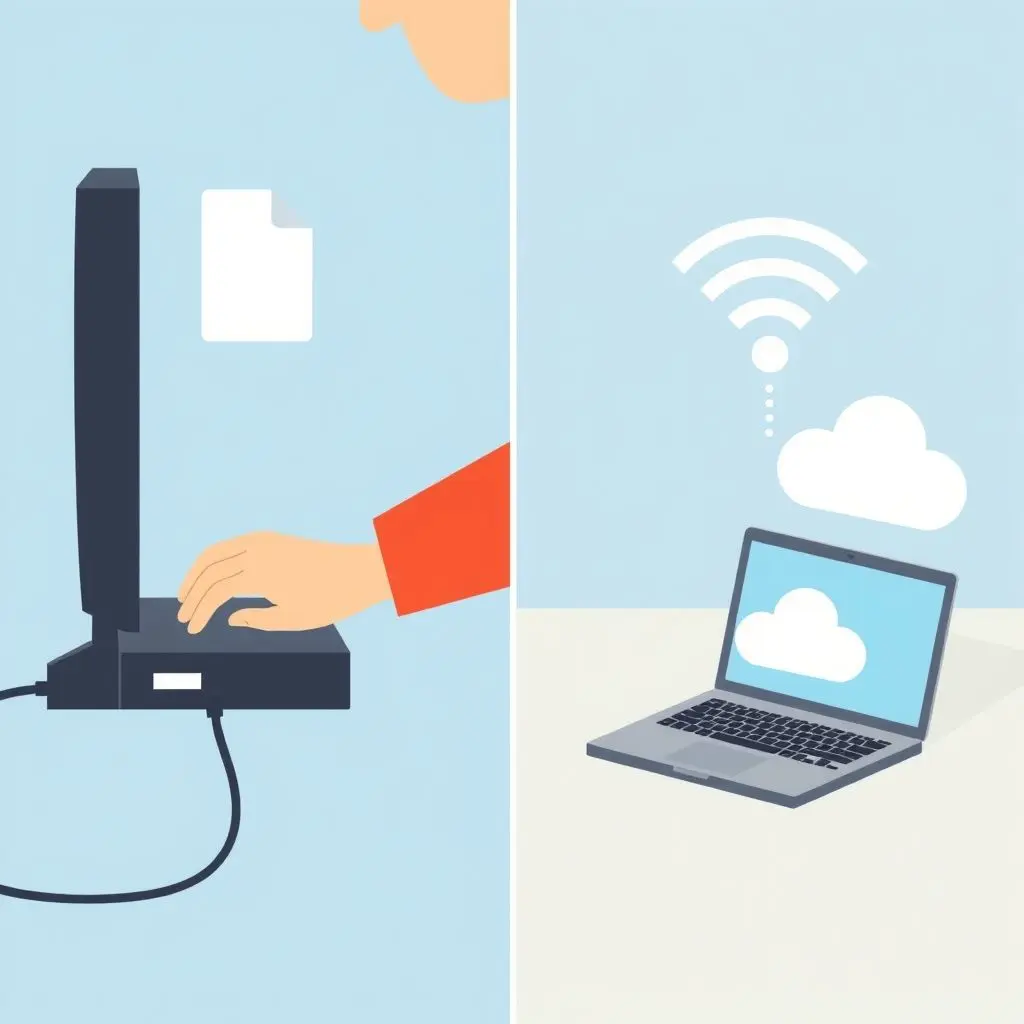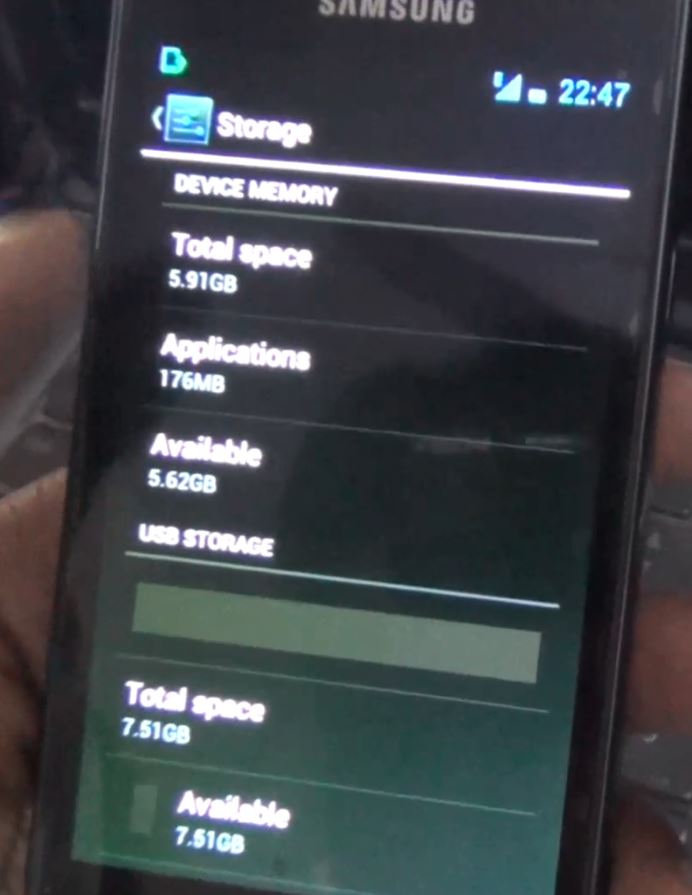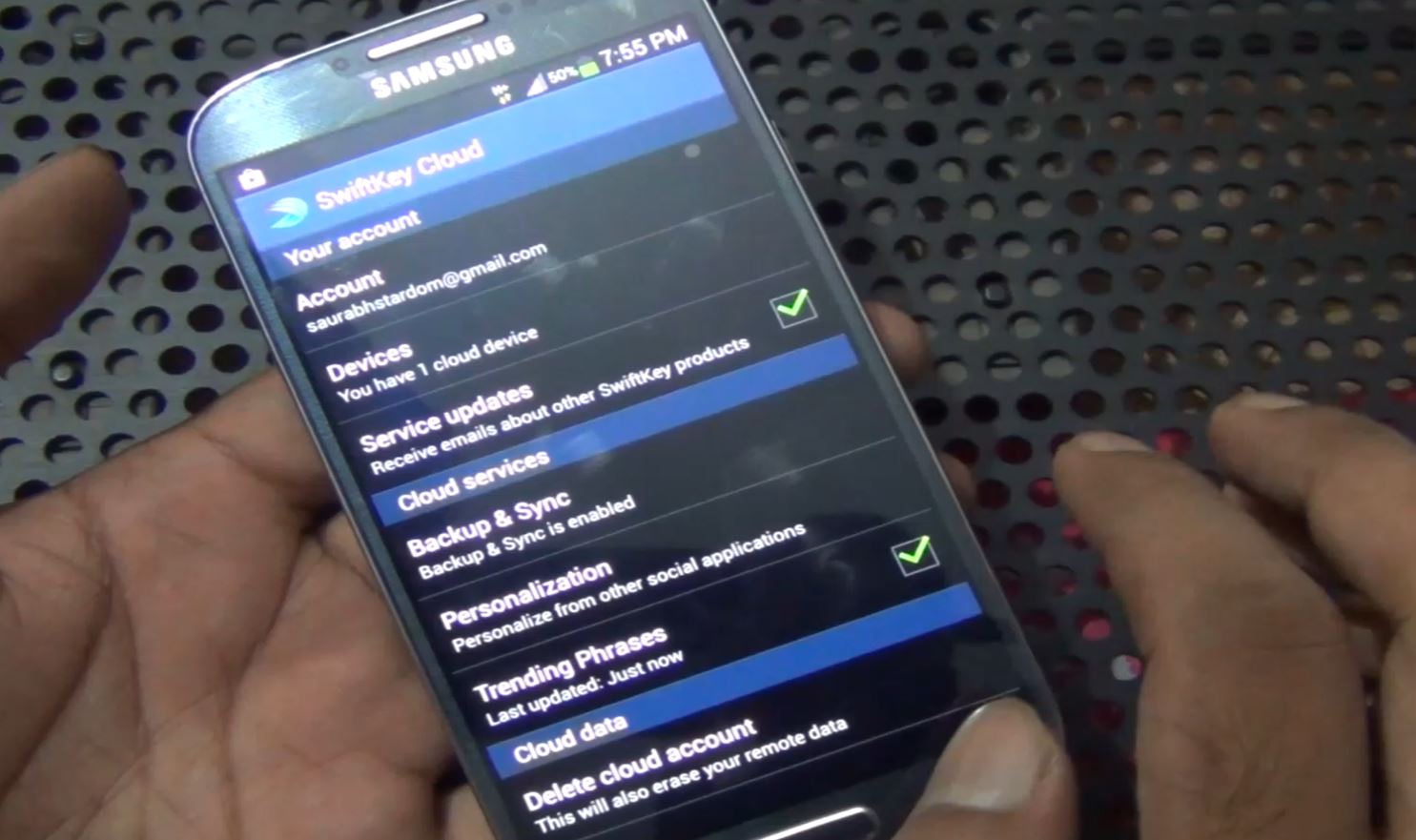Table of Contents
Untangling Your Digital Wires: Where Should Your Files Live?
Ever feel like you’re drowning in digital stuff? Photos, videos, important documents, massive project files… they all need a home. But choosing where to store them can feel like navigating a tech maze. Should you entrust your precious bits and bytes to the ethereal cloud, or keep them grounded on hardware you can physically touch? It often boils down to choosing between what feels like a limitless magic backpack floating in the digital sky and a super-secure personal vault right under your roof. One offers go-anywhere convenience (if you have the internet keys), the other offers tangible control and speed. Let’s unpack these two fundamental storage philosophies.
We even whipped up a quick visual snack to get your gears turning on this very topic. Check out our short video breakdown:
Now that you’ve had the appetizer, let’s dive into the main course and explore the nitty-gritty of cloud versus local storage.

Meet the Contenders: Defining the Digital Homes
Local Storage: Your Personal Digital Fortress
Think of local storage as anything that keeps your data physically close to you. This includes:
- Internal Hard Drives (HDDs) or Solid-State Drives (SSDs): Residing inside your desktop or laptop.
- External Hard Drives/SSDs: Portable devices you connect via USB or Thunderbolt.
- USB Flash Drives: Small, portable thumb drives.
- Network Attached Storage (NAS): Devices that connect to your home or office network, essentially creating your own private cloud accessible by multiple devices on that network.
The core idea? You own the hardware. It’s your physical vault. You have direct control over it, access is typically very fast (especially with SSDs), and crucially, you don’t need an internet connection to get to your files once they’re stored locally.

Cloud Storage: The Ever-Present Magic Backpack
Cloud storage, on the other hand, involves storing your data on remote servers owned and managed by companies like Google (Google Drive), Microsoft (OneDrive), Apple (iCloud), Dropbox, and many others. You access your files via the internet through apps or web browsers.
This is your “magic backpack” – seemingly bottomless (you can usually pay for more space) and accessible from virtually anywhere you have an internet connection. It’s fantastic for:
- Accessibility: Grab your files on your phone, tablet, laptop, or any web browser.
- Collaboration: Easily share files and folders with others.
- Backup (often): Many services offer automatic syncing and version history, acting as an off-site backup.
The key difference? You don’t own the servers; you’re renting space and using a service. Your access hinges on that internet connection and your trust in the provider’s infrastructure and security.

Head-to-Head: The Great Storage Showdown
Let’s pit them against each other on the factors that matter most:

1. Accessibility & Convenience
- Cloud: Winner. Access files from any internet-connected device, anywhere in the world. Perfect for mobile lifestyles and collaboration.
- Local: Limited to the device the storage is on or connected to, or devices on the same local network (for NAS). Requires physical presence or carrying the storage device.
2. Speed
- Local: Winner (usually). Direct connection means lightning-fast file transfers, especially with SSDs or fast internal connections. Great for large files like video editing projects.
- Cloud: Dependent on your internet connection speed (both upload and download). Can be slow with large files or poor connectivity.
3. Cost
- Cloud: Often subscription-based (monthly/yearly fees). Free tiers offer limited space. Can become expensive for large amounts of storage over time, but entry cost is low.
- Local: Primarily a one-time hardware purchase. Can be a significant upfront investment for large capacities, but no recurring fees (unless you factor in potential replacement/upgrade costs).
- Verdict: It Depends. Local is cheaper long-term for large static amounts; Cloud is cheaper upfront and scales easily.
4. Security & Privacy
- Cloud: Relies on the provider’s security measures (encryption, multi-factor authentication). Data resides on third-party servers, raising potential privacy concerns or risks from data breaches. You need strong passwords!
- Local: You have physical control. Security depends on your own measures (encryption like BitLocker/FileVault, physical security). Vulnerable to physical theft, damage (fire, flood), or hardware failure if not backed up.
- Verdict: Different Risks. Local offers more direct control but responsibility; Cloud offers convenience but requires trust in the provider. Disclaimer: No system is 100% secure. Evaluate provider policies and your own security practices carefully.
5. Scalability
- Cloud: Winner. Easy to increase storage space by upgrading your plan, often instantly.
- Local: Requires purchasing new or larger physical drives when you run out of space. Less flexible.
6. Data Ownership & Control
- Local: Winner. You own the physical media and have complete control over your data (assuming no hardware failure).
- Cloud: You own your data legally, but it resides on someone else’s hardware. Governed by Terms of Service, which can change. Service termination could impact access.
7. Backup & Disaster Recovery
- Cloud: Can serve as an excellent off-site backup, protecting against local disasters (fire, theft). Many services have built-in redundancy.
- Local: YOU are responsible for backups. A local drive failing without a backup means data loss. Best practice involves the 3-2-1 backup rule (3 copies, 2 different media, 1 off-site) – cloud can be the ‘1 off-site’.
- Verdict: Cloud often simplifies off-site backup, but relying solely on it isn’t foolproof. Local requires diligent backup strategies.
Frequently Asked Questions (Storage Showdown FAQs)
Q1: Which is better for gaming?
A: Local storage, specifically a fast SSD, is crucial for installing and running games quickly. Cloud gaming (streaming) is different and relies heavily on internet speed, not cloud storage for game files.
Q2: Which is generally more secure?
A: It’s complex. Local can be very secure if you implement strong physical and digital protections (encryption, secure location). Cloud security relies on reputable providers with robust measures, but introduces third-party risk. Neither is inherently ‘more’ secure overall; they have different vulnerability points.
Q3: Can I, or should I, use both?
A: Absolutely! Many people find a hybrid approach ideal. Use local storage (especially fast SSDs) for operating systems, applications, and frequently accessed large files (like current projects). Use cloud storage for backups, file syncing across devices, collaboration, and archiving less frequently needed files.
Q4: What about privacy with cloud storage?
A: A valid concern. Read the provider’s privacy policy. Consider using end-to-end encryption services (where only you hold the decryption key) or encrypting sensitive files *before* uploading them for an extra layer of security, though this can add complexity.
Finding Your Perfect Digital Filing Cabinet
So, the infinite magic backpack needing internet keys, or your own trusty physical vault that stays put? As you’ve seen, there’s no single ‘winner’. The best choice hinges entirely on your needs, habits, and priorities.
Choose Local if:
- Speed is paramount (e.g., video editing, gaming).
- You need offline access regularly.
- You prefer complete physical control and ownership.
- You have large amounts of data and want to avoid recurring fees.
- You have a solid backup plan in place.
Choose Cloud if:
- Accessibility across multiple devices is key.
- Collaboration and easy sharing are important.
- You want a simple solution for off-site backup.
- You need storage that scales easily.
- Your internet connection is reliable.
Often, the smartest strategy involves leveraging the strengths of both. Use that fast local vault for your daily heavy lifting and the convenient cloud backpack for backups, syncing, and on-the-go access. Understanding the trade-offs empowers you to build a storage system that truly works for your digital life. Now go forth and organize!





